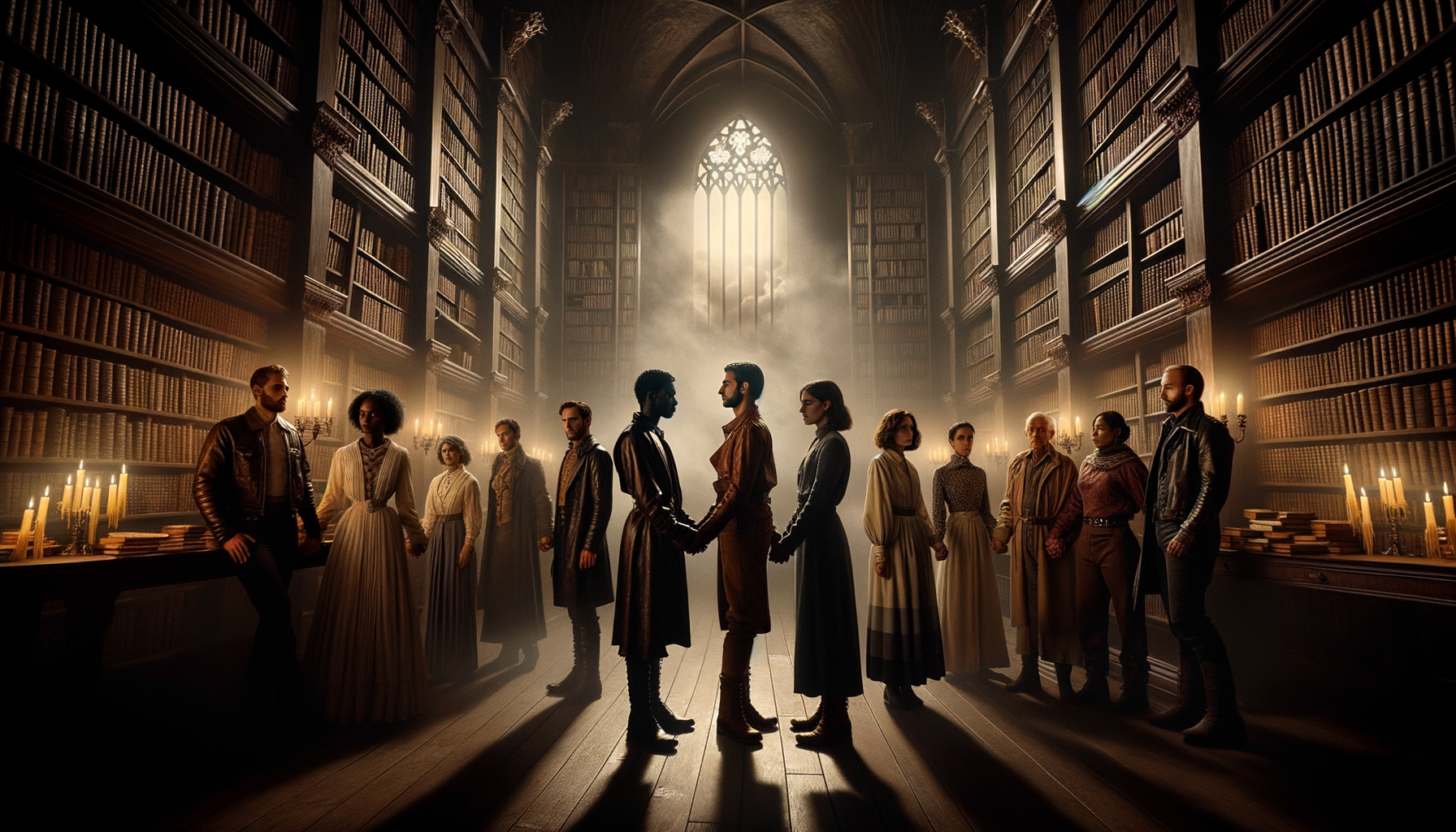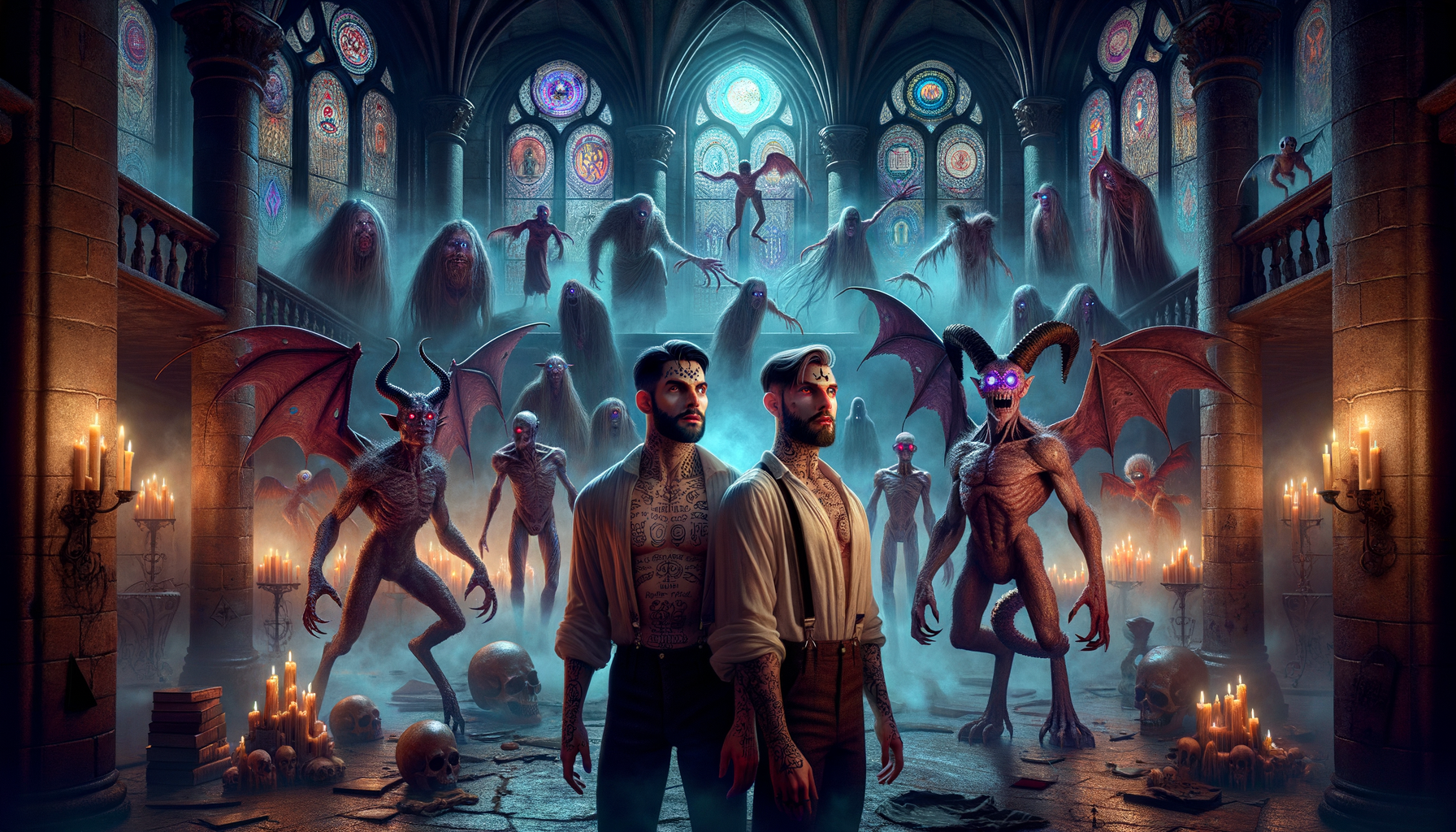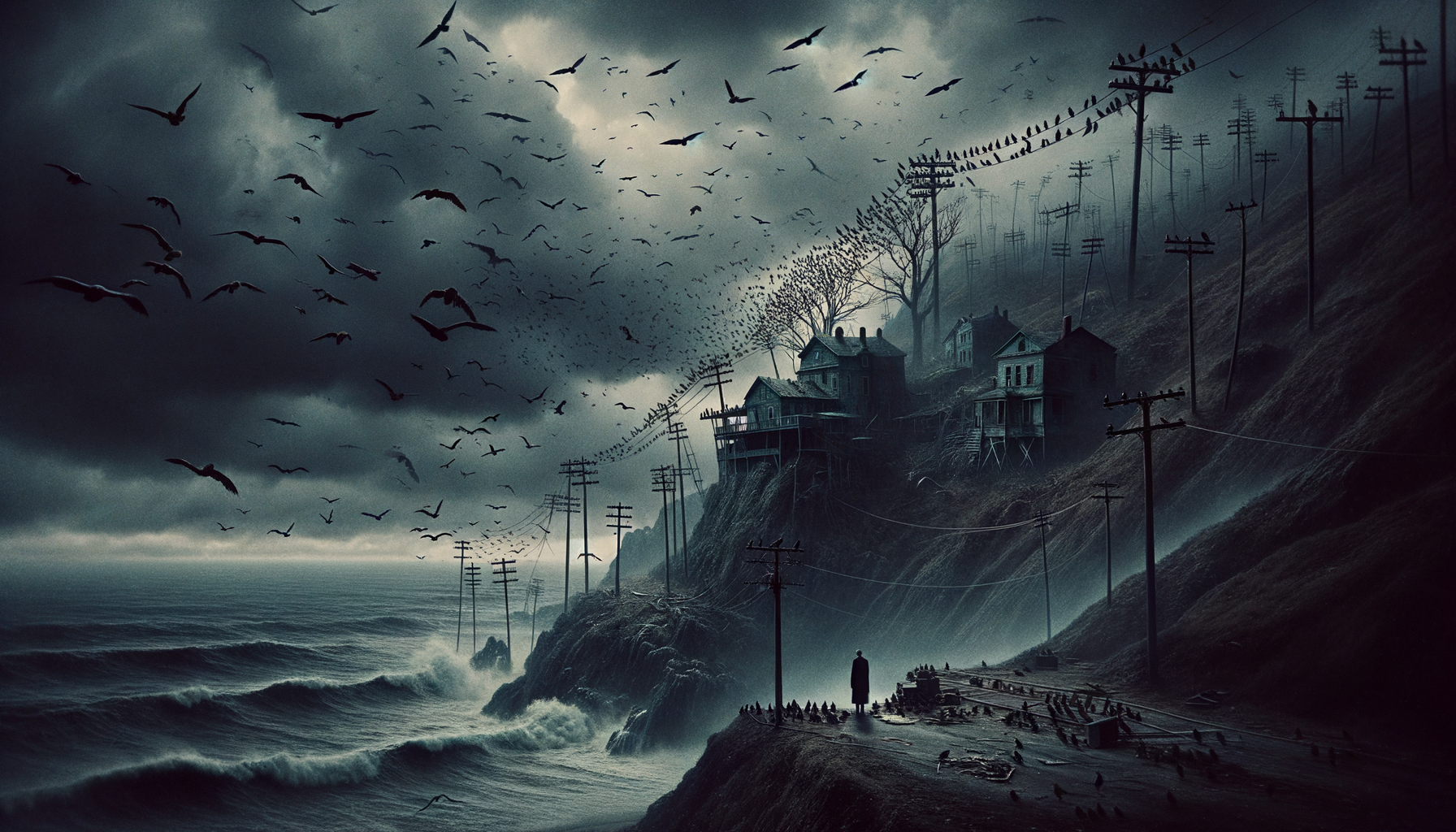Welcome to a thrilling exploration of LGBT influences in Paul Tremblay’s horror novels! Did you know that Tremblay’s works not only captivate readers with chilling narratives but also offer nuanced representations of LGBT characters and themes? This article sheds light on Tremblay’s unique approach to horror, demonstrating how he masterfully intertwines suspense with rich, diverse storytelling. Hold on to your seats as we journey through the intriguing intersections of horror and LGBT culture in his acclaimed novels.
Paul Tremblay: An Overview of His Horror Mastery
Brief Biography of Paul Tremblay
Paul Tremblay is an acclaimed American author known for his significant contributions to the horror genre. Born in Aurora, Colorado, and raised in Massachusetts, Tremblay has a background in mathematics, having earned a degree from Providence College. Before becoming a full-time writer, he worked as a high school math teacher, which perhaps explains the meticulous structuring of his narratives.
Notable Works in the Horror Genre
Tremblay has penned several notable works that have garnered critical acclaim and a dedicated readership. Some of his most recognized titles include “A Head Full of Ghosts,” “The Cabin at the End of the World,” and “Disappearance at Devil’s Rock.” Each of these novels showcases his ability to blend psychological terror with deeply human elements, creating stories that are as thought-provoking as they are terrifying.
Tremblay’s Writing Style and Common Themes
Tremblay’s writing style is characterized by its psychological depth and nuanced character development. He often employs unreliable narrators, creating a sense of unease and ambiguity that keeps readers on edge. Common themes in his work include the fragility of reality, the impact of trauma, and the complexities of familial relationships. His narratives often blur the lines between the supernatural and the psychological, leaving readers questioning what is real.
Impact on Contemporary Horror Literature
Paul Tremblay has had a profound impact on contemporary horror literature. His ability to infuse traditional horror elements with modern psychological insights has set a new standard for the genre. By focusing on character-driven stories that explore deep emotional and psychological landscapes, Tremblay has expanded the boundaries of what horror can achieve, influencing a new generation of horror writers and enthusiasts.
Prominent LGBT Characters in Tremblay’s Novels
Analysis of Key LGBT Characters in His Works
Tremblay’s novels feature several prominent LGBT characters who play critical roles in his stories. For instance, “The Cabin at the End of the World” introduces readers to Eric and Andrew, a same-sex couple whose relationship is central to the narrative. Their experiences and struggles add layers of complexity to the story, making it more than just a tale of horror.
Character Development and Significance
The development of these characters is handled with care and depth. Eric and Andrew are portrayed as multi-dimensional individuals with their own fears, strengths, and vulnerabilities. Their relationship is depicted with authenticity, highlighting both their love and the challenges they face. This nuanced portrayal ensures that they are not merely token characters but integral to the plot and emotional resonance of the story.
How These Characters Challenge Horror Genre Stereotypes
By including well-rounded LGBT characters, Tremblay challenges the stereotypes often found in horror fiction. Instead of being relegated to peripheral roles or being defined solely by their sexuality, his LGBT characters are central to the narrative and contribute significantly to the story’s progression. This approach not only enriches the narrative but also broadens the scope of representation within the genre.
LGBT Themes in Paul Tremblay’s Storytelling
Exploration of Sexuality and Identity in His Novels
Tremblay’s works frequently explore themes of sexuality and identity. His characters grapple with their sense of self in ways that resonate with real-world experiences. This exploration is often intertwined with the horror elements of his stories, creating a compelling and immersive experience for readers.
Representation of Same-Sex Relationships
Same-sex relationships in Tremblay’s novels are portrayed with depth and sensitivity. These relationships are not mere plot devices but are integral to the characters’ development and the story’s emotional impact. By depicting the complexities and nuances of these relationships, Tremblay provides representation that is both meaningful and realistic.
Integration of Queer Experiences in Horror Narratives
Tremblay seamlessly integrates queer experiences into his horror narratives, using them to enhance the emotional and psychological depth of his stories. This integration allows for a richer exploration of fear and identity, making his horror more relatable and impactful. The inclusion of queer experiences also serves to diversify the genre, offering new perspectives and themes for readers to engage with.
The Reception of LGBT Elements in Tremblay’s Work
Critical Response to LGBT Themes in His Books
Critics have largely praised Tremblay for his inclusion of LGBT themes in his books. His ability to weave these themes into his narratives without resorting to clichés has been particularly noted. Critics appreciate the authenticity and depth with which he portrays his LGBT characters and their experiences.
Audience Reactions and Community Perspectives
The response from readers and the LGBT community has been overwhelmingly positive. Many readers have expressed appreciation for seeing their experiences reflected in Tremblay’s work. The authentic representation of LGBT characters and themes has resonated with a wide audience, contributing to his popularity and success.
Awards and Recognitions Related to LGBT Representation
Tremblay’s work has received several awards and recognitions, some of which specifically highlight his contributions to LGBT representation in literature. These accolades underscore the importance and impact of his inclusive storytelling and his commitment to diversity within the horror genre.
Comparisons with Other LGBT Influences in Horror Literature
Brief Overview of Other Notable LGBT Horror Authors
The horror genre boasts several other notable LGBT authors who have made significant contributions. Writers like Clive Barker, known for his dark fantasy and horror works, and Poppy Z. Brite, famous for her gothic and horror fiction, have also explored LGBT themes in their storytelling.
Similarities and Differences in Their Approaches
While there are similarities in their approaches, such as a focus on character-driven narratives and the inclusion of queer experiences, each author brings their unique style and perspective to the genre. Tremblay’s work, for instance, is often more grounded in psychological horror, whereas Barker’s stories frequently incorporate fantastical and grotesque elements.
Tremblay’s Unique Contributions to LGBT Horror
Paul Tremblay’s unique contribution lies in his ability to blend psychological horror with deeply human stories that resonate on multiple levels. His nuanced portrayal of LGBT characters and themes sets him apart, offering readers a fresh and inclusive perspective within the genre. By doing so, he not only enriches the horror landscape but also ensures that diverse voices and experiences are represented.
Conclusion
In summary, Paul Tremblay’s horror novels provide a refreshing and inclusive perspective in the genre, seamlessly incorporating complex LGBT characters and themes. His work not only thrills but also broadens the scope of horror literature, making it more reflective of diverse experiences. Ready to get spooked and inspired? Grab one of his novels today and experience the haunting beauty of LGBT-inclusive horror storytelling! Feel free to reach out or comment below with your thoughts on Tremblay’s chilling narratives and their impact. Happy reading!



